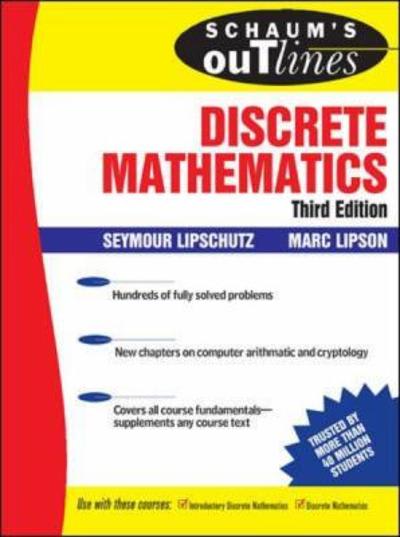Question
a) A venture capitalist firm is facing a choice between three rival proposals, each of which involves investing in developing three new technologies A, B
a) A venture capitalist firm is facing a choice between three rival proposals, each of which involves investing in developing three new technologies A, B and C, respectively. The three proposals differ in terms of success rate and potential payoff as follows: proposal A has an estimated success rate of 1/3 and will yield $10 million if successful. For B, the success rate is 1/2 and the associated payoff is $6 million. Finally, C has only a 1 in 10 chance of succeeding but would yield $35 million if successful. In the case of failure, each of the three proposals will generate a return of $0. In all other respects, the venture capitalist has assessed the three proposals to be equally strong. The total investment required for each of the proposals is $3 million. The venture capitalist has only this amount to spend, so it has to choose one.
(i) Draw a decision tree to represent this choice.
(ii) Which proposal should the firm invest in, and why?
(b) Consider the following four gambles:
A: 50% chance of winning $35, 50% chance of losing $25
B: 25% chance of winning $20, 75% chance of winning $20
C: 10% chance of winning $200, 90% of winning nothing.
D: 50% chance of winning $40, 25% of winning $30 and 25% chance of losing $10.
What should a decision-maker faced with these gambles do, and why?
Step by Step Solution
There are 3 Steps involved in it
Step: 1

Get Instant Access to Expert-Tailored Solutions
See step-by-step solutions with expert insights and AI powered tools for academic success
Step: 2

Step: 3

Ace Your Homework with AI
Get the answers you need in no time with our AI-driven, step-by-step assistance
Get Started


